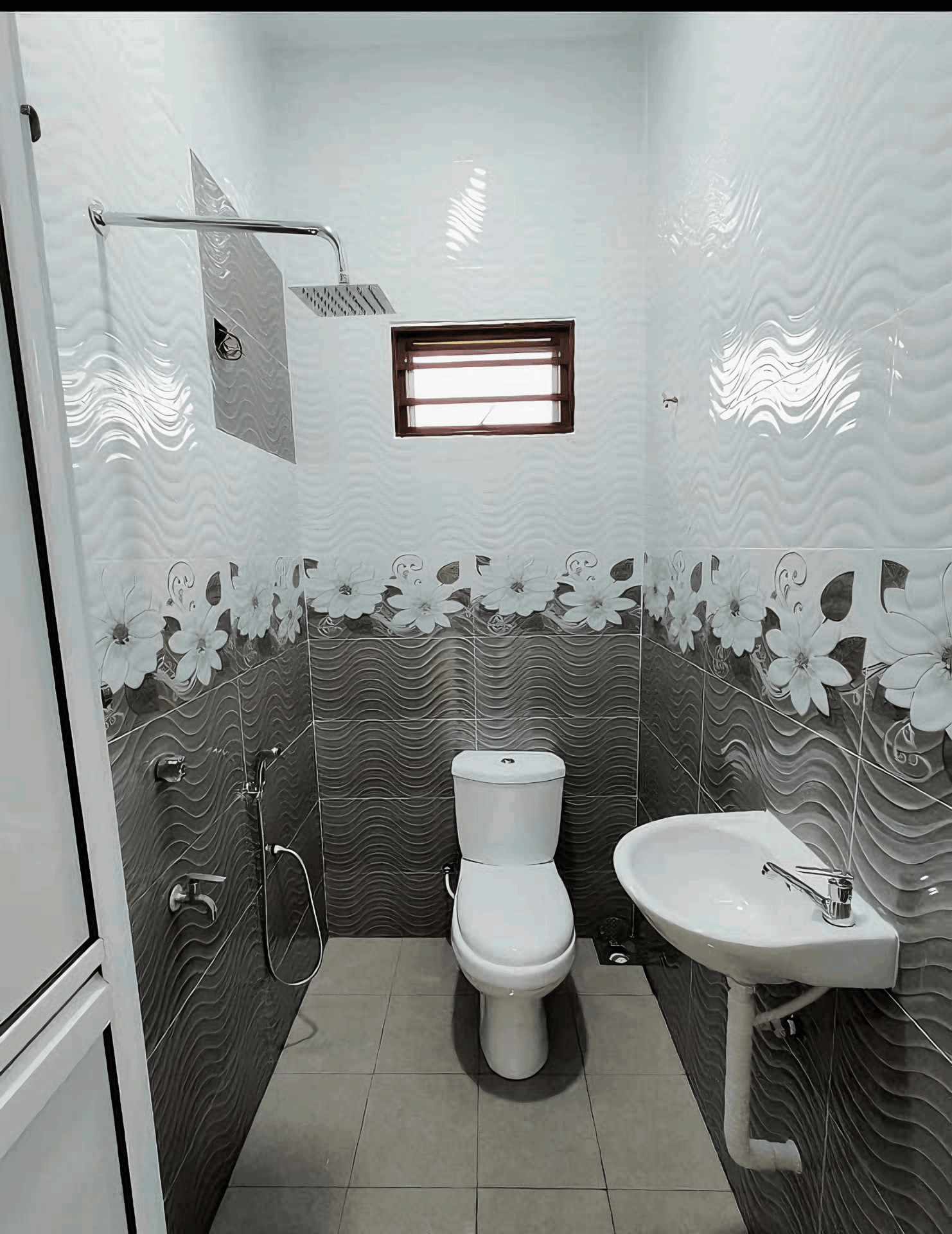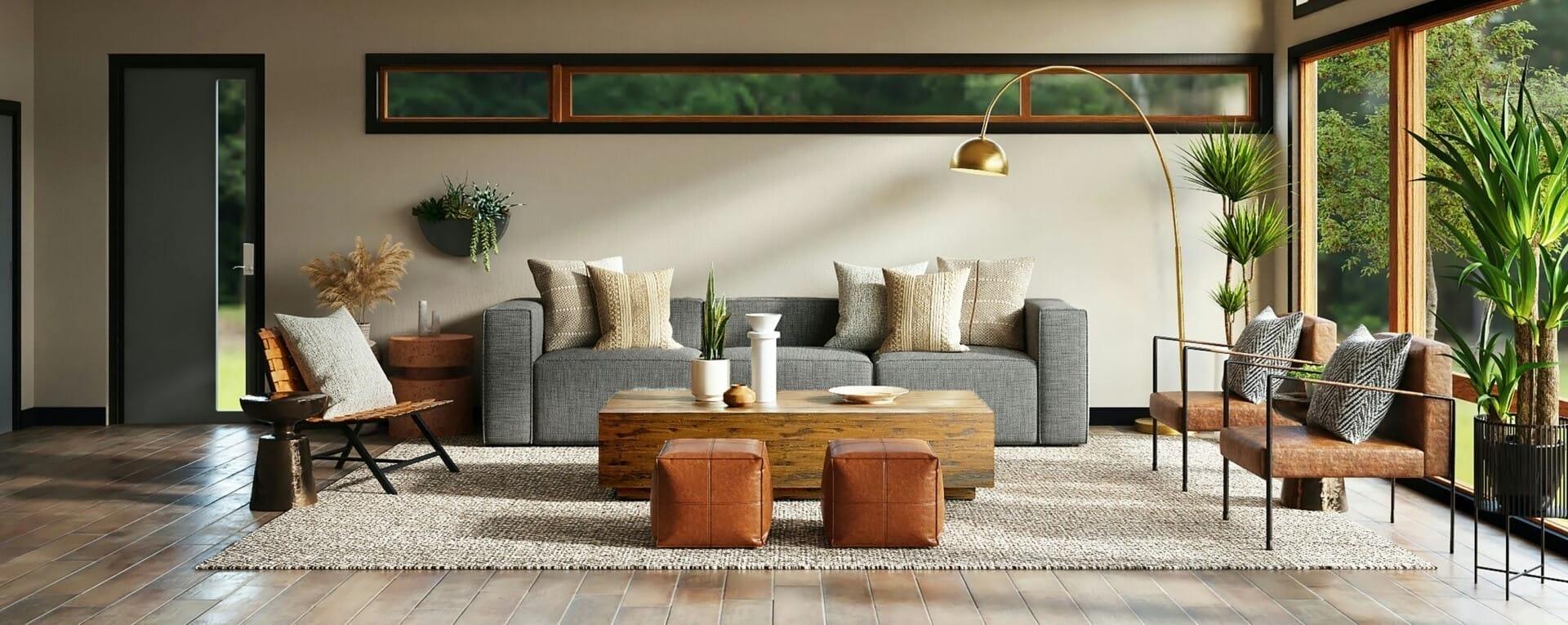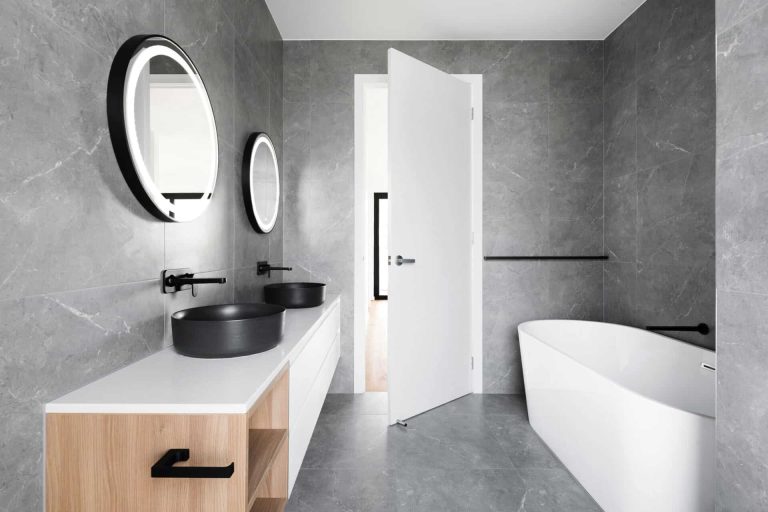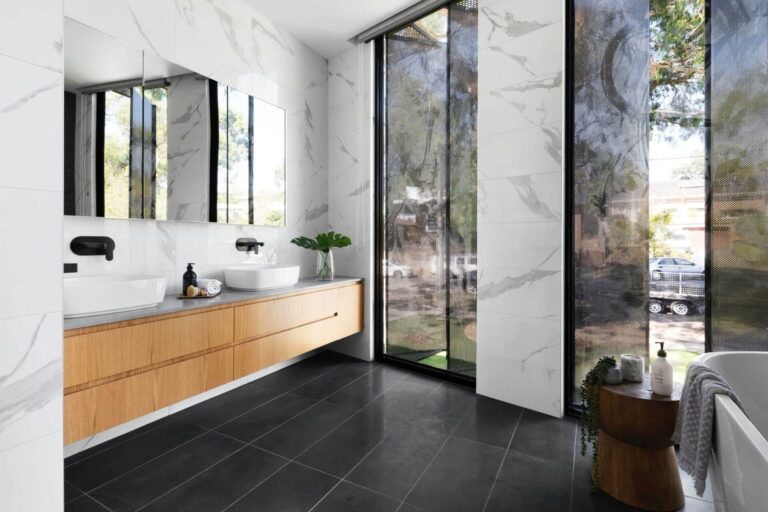Thinking about building your dream home? It’s an exciting journey, but let’s be real—it can also be a bit overwhelming, especially when it comes to picking the right mortgage. With so many options out there, how do you know which one will best support your construction dreams? Don’t worry, we’ve got your back! Whether you’re a first-time builder or someone looking to expand your property portfolio, this guide will walk you through the ins and outs of choosing a mortgage that fits your needs like a glove. We’ll cover everything from understanding different types of mortgages to tips on making the process as smooth as possible. So, grab a cup of kopi, sit back, and let’s dive into the world of construction financing!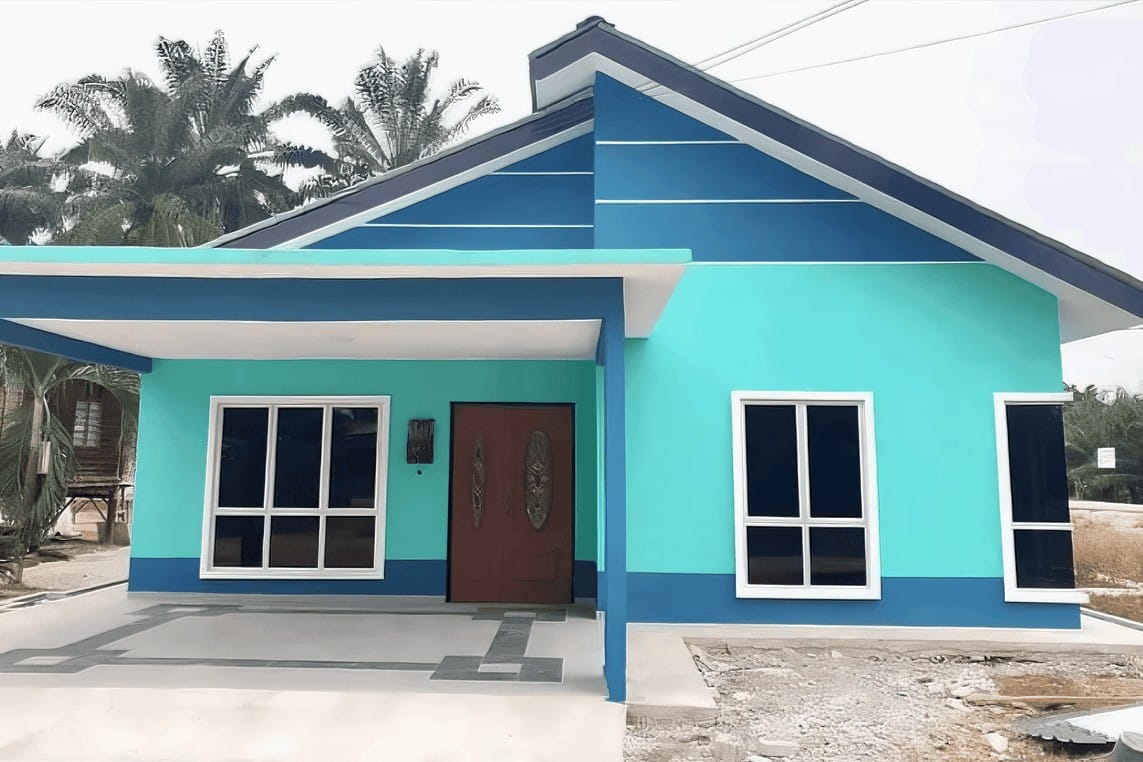
Understanding Your Construction Financing Options
When it comes to financing your dream construction project, understanding the various options available is crucial. With a myriad of choices, it can feel overwhelming, but fear not! There are several popular financing methods you can consider that cater to different needs and situations. Let’s dive into some of the key options you might explore:
- Conventional Mortgages: These are traditional loans provided by banks or financial institutions. They typically have fixed or adjustable interest rates and are suitable for buyers with good credit.
- Construction Loans: Generally short-term loans, these are specifically designed for new builds. They cover the costs of construction initially and usually convert to a mortgage once the building is complete.
- Government-backed Loans: Such as those offered by the Employees Provident Fund (EPF) or the Government Housing Loan Scheme (GHL), they can often provide favorable terms and lower interest rates for qualifying applicants.
Each financing method has its pros and cons, so it’s essential to evaluate them in the context of your unique project. For instance, while conventional mortgages might offer lower interest rates, they may require a substantial down payment. On the other hand, construction loans can be easier to secure but come with higher rates, so you’ll want to weigh your options carefully.
| Financing Option | Pros | Cons |
|---|---|---|
| Conventional Mortgages | Lower interest rates, long-term stability | Higher down payment required |
| Construction Loans | Specifically for building projects, flexibility | Short-term, higher interest rates |
| Government-backed Loans | Better terms, assistance for first-time buyers | Strict eligibility requirements |
At the end of the day, the right choice largely depends on your financial situation, project scope, and long-term plans. Consulting with a financial advisor can also provide insights tailored to your specific needs. Making an informed decision today can bring you one step closer to seeing your construction dreams materialize.
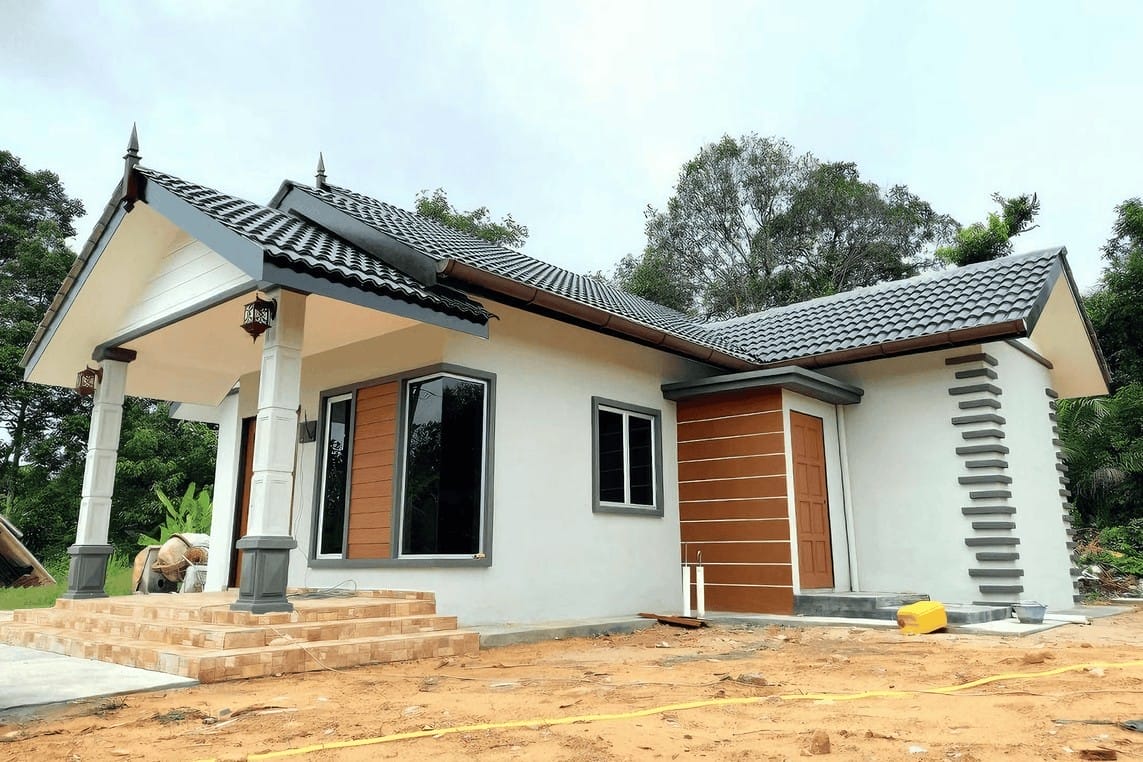
Evaluating Different Types of Mortgages for Building Projects
When diving into the world of mortgages for building projects, it’s essential to grasp the variety of options available. Home construction loans are typically short-term financing that cover the costs of building or renovating a home. They often convert into permanent mortgages once construction is complete, making them a practical choice for many. On the flip side, land loans are specifically aimed at purchasing the land before construction begins. While these can have slightly higher interest rates, they give you the opportunity to secure the perfect plot for your dream home.
Another interesting option is the FHA 203(k) loan, tailored for those looking to buy a fixer-upper and make necessary repairs. This loan not only finances the purchase but also wraps in the funds for renovations into a single mortgage. This can save you time and hassle since you won’t need separate loans for each stage of the process. Alternatively, if you’re leaning toward larger-scale projects, commercial construction mortgages might be the right fit, especially for business-related constructions or developments. They typically involve more complex underwriting requirements but can offer substantial funding for your vision.
Here’s a quick table to sum up the pros and cons of these options:
| Type of Mortgage | Pros | Cons |
|---|---|---|
| Home Construction Loan | Flexible funds during construction | Short-term, may have variable rates |
| Land Loan | Secures your ideal location | Higher interest rates |
| FHA 203(k) Loan | Single mortgage for purchase and renovations | Requires an inspection and appraisal |
| Commercial Construction Mortgage | High funding for larger projects | Complex application process |
Assessing these options means considering your project’s unique needs and budget constraints. Each type of mortgage has its specific advantages and disadvantages, so taking the time to understand them will undoubtedly help you make the right choice. After all, securing the right financing can lay the foundation for turning those construction dreams into a reality!
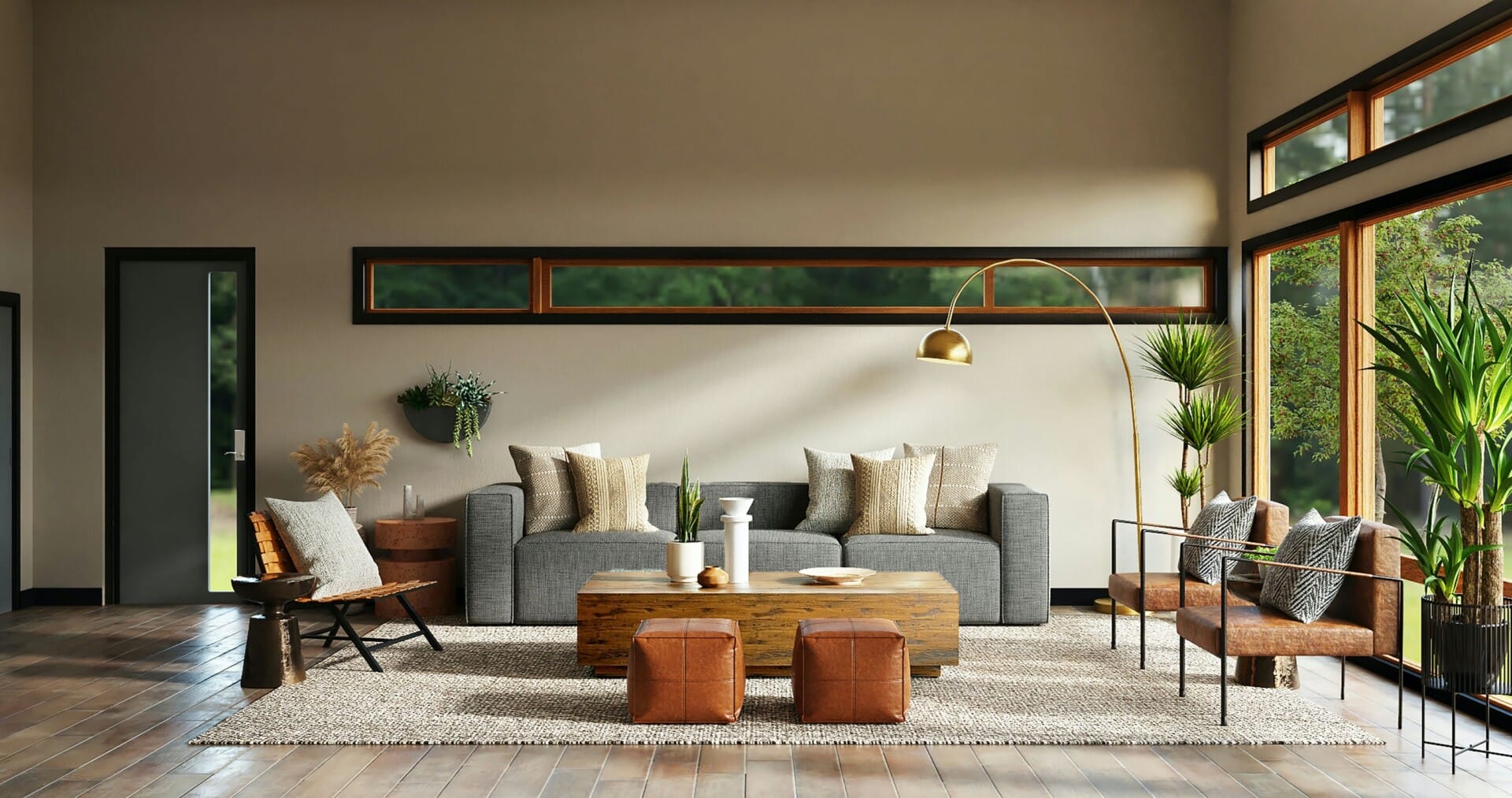
Calculating Your Budget: How Much Can You Afford to Borrow
Before diving into the exciting world of construction and home building, it’s crucial to understand how much you can realistically borrow. This isn’t just about dreaming of spacious living rooms and cozy kitchens; it’s also about anchoring those dreams in financial reality. Start by assessing your current financial status, including your income, expenses, and any existing debts. Once you have a clear picture, you can begin to figure out your borrowing capacity.
Here are some key factors to consider:
- Income: Your total monthly income plays a vital role in determining how much you can afford.
- Expenses: Keep track of your monthly expenditures—everything from groceries to personal loans—that will affect your budget.
- Credit Score: A higher credit score can lead to better mortgage rates and higher borrowing limits.
- Down Payment: The amount you’re ready to put down can significantly shape your borrowing power.
To get a clearer estimate of your budget, it’s helpful to run the numbers. You could use a simple table to break down your potential mortgage payments:
| Loan Amount (RM) | Interest Rate (%) | Loan Term (Years) | Estimated Monthly Payment (RM) |
|---|---|---|---|
| 300,000 | 3.5 | 30 | 1,347.13 |
| 400,000 | 3.5 | 30 | 1,795.17 |
| 500,000 | 3.5 | 30 | 2,243.21 |
Using this approach, you can estimate the monthly payments based on different loan amounts and interest rates. This allows you to see what fits into your budget without stretching your finances too thin. Understanding these elements will empower you to make informed decisions, turning your construction dreams into a solid plan you can afford.
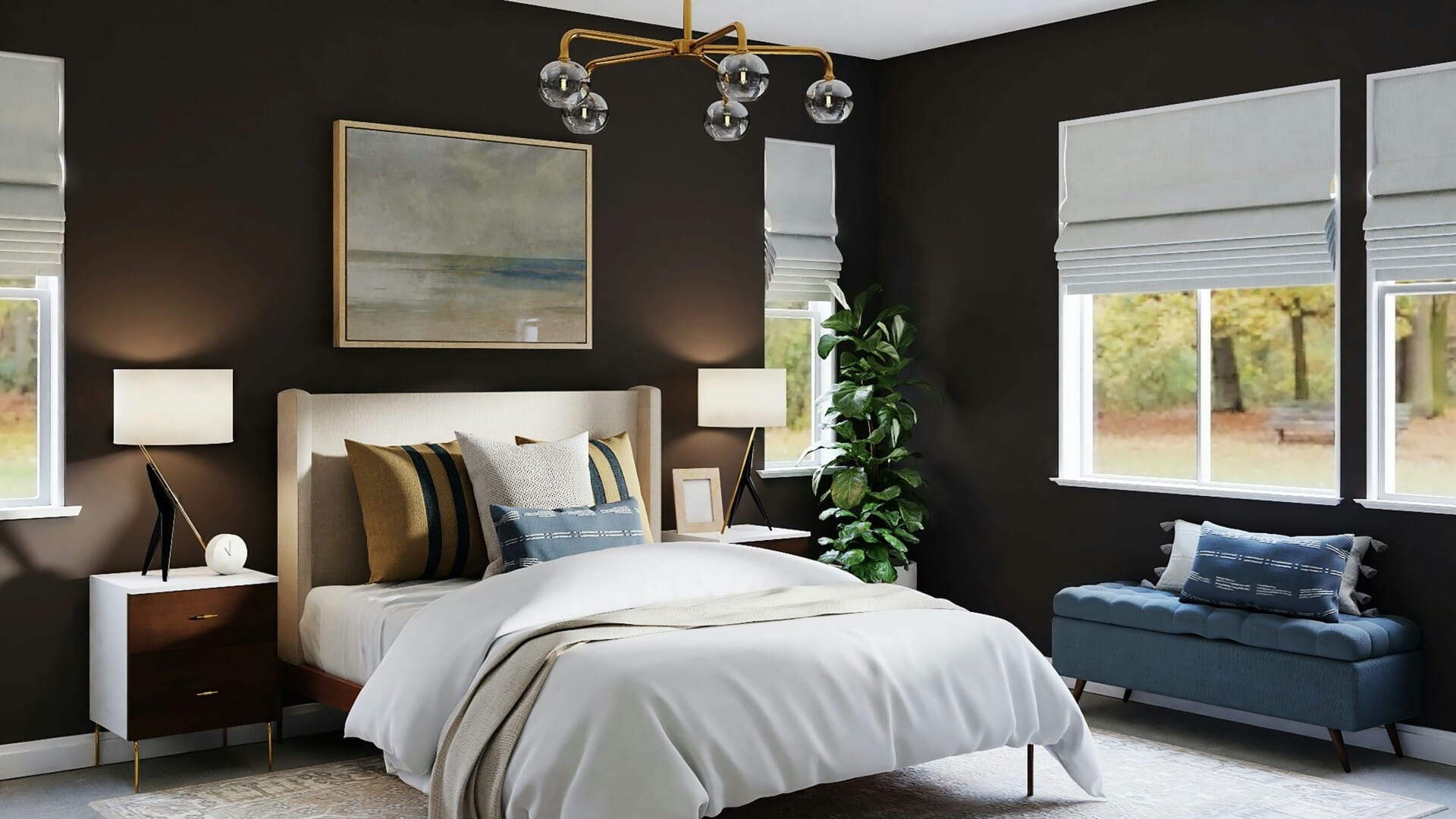
Finding the Right Lender: What to Look For
Choosing the right lender is like finding the perfect blueprint for your dream home. You need a lender who not only understands your vision but is also willing to adapt to your specific needs. Look for lenders that offer a variety of mortgage products that suit different construction projects. A good lender will provide options such as fixed-rate mortgages, adjustable-rate mortgages, or construction-to-permanent loans so you can pick what best fits your budget and timeline.
Additionally, consider their reputation and reliability. Check online reviews or seek recommendations from friends and family who have gone through the construction journey. This will give you a feel for how responsive and helpful the lender is during the process. You want someone who is transparent about costs and can clearly explain the terms of the mortgage, so you aren’t hit with any unpleasant surprises later on.
Lastly, don’t forget to evaluate their customer service. The mortgage process can be daunting, so select a lender who communicates well and is willing to guide you through each step. Having a dedicated loan officer can make all the difference, from answering your queries to ensuring timely updates. Here’s a quick comparison that can help you narrow down your choices:
| Lender | Product Variety | Customer Ratings | Response Time |
|---|---|---|---|
| Lender A | 4 options | 4.5/5 | 1 day |
| Lender B | 3 options | 4/5 | 2 days |
| Lender C | Five options | 4.8/5 | Same day |
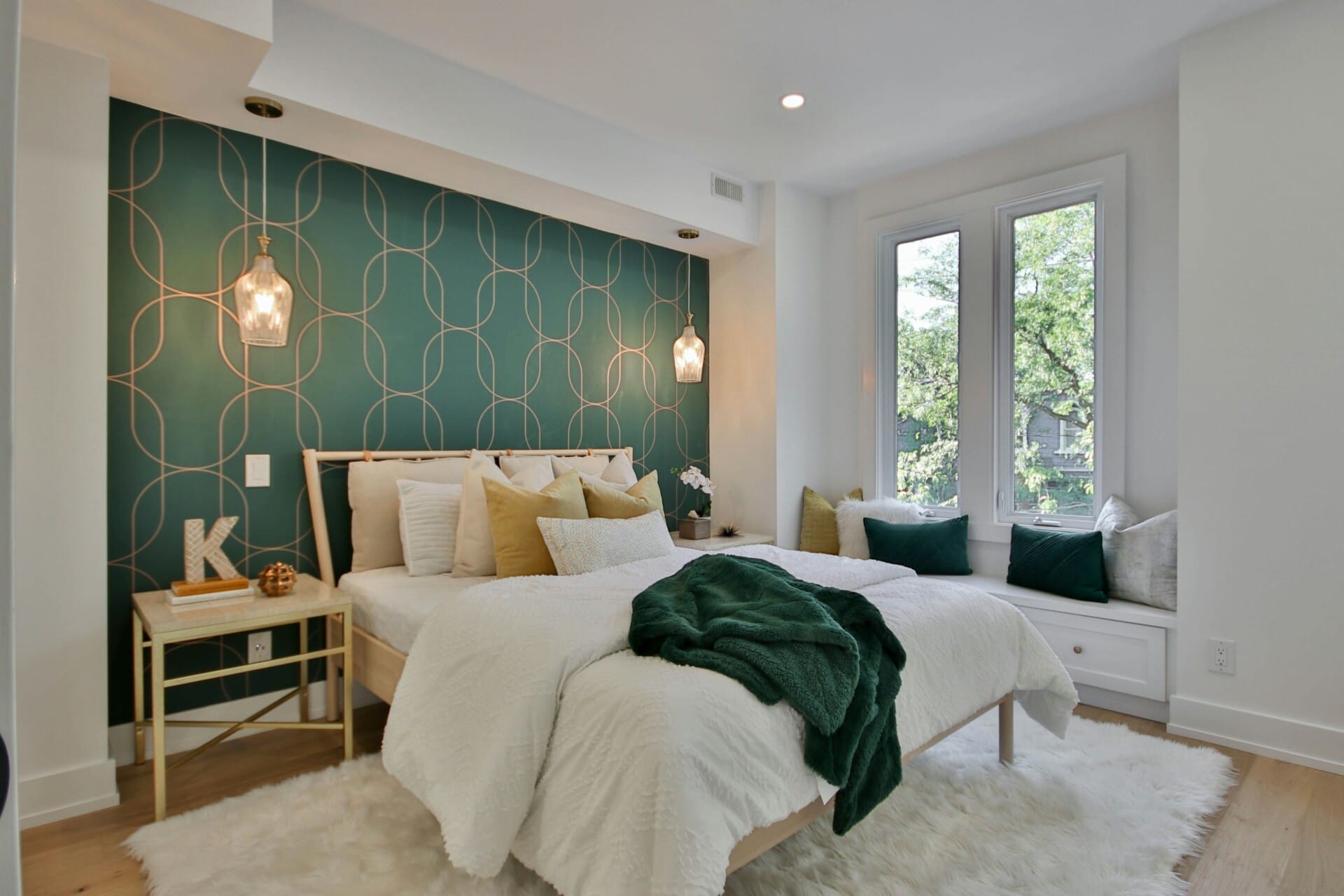
Navigating Pre-Approval and Application Processes
When embarking on your construction journey, getting pre-approved for a mortgage can feel like navigating a maze. Pre-approval is a crucial step where lenders evaluate your financial situation to decide how much they can offer. The process typically involves a thorough screening of your credit history, income verification, and an assessment of your overall financial health. It’s not only about the numbers; it gives you an edge when negotiating with builders and helps you pinpoint your budget accurately.
Once you’re pre-approved, the next phase is the application process, which can seem daunting but doesn’t have to be. Gather essential documents such as proof of income, tax returns, and details of your assets. Here’s a quick checklist to simplify your preparation:
- Identification Documents: MyKad or passport
- Income Proof: Recent payslips and bank statements
- Credit History: Obtain your credit report for review
- Property Documents: Land title or sale-and-purchase agreement
Once your application is submitted, it enters the underwriting phase, where the lender reviews your case thoroughly. Don’t hesitate to stay in touch with your loan officer to address any queries or additional document requests swiftly. Whether it’s through email or phone, open communication can significantly speed up the process. Keep calm and maintain a positive outlook; with your pre-approval secured and application polished, you’re one step closer to realizing your dream home!
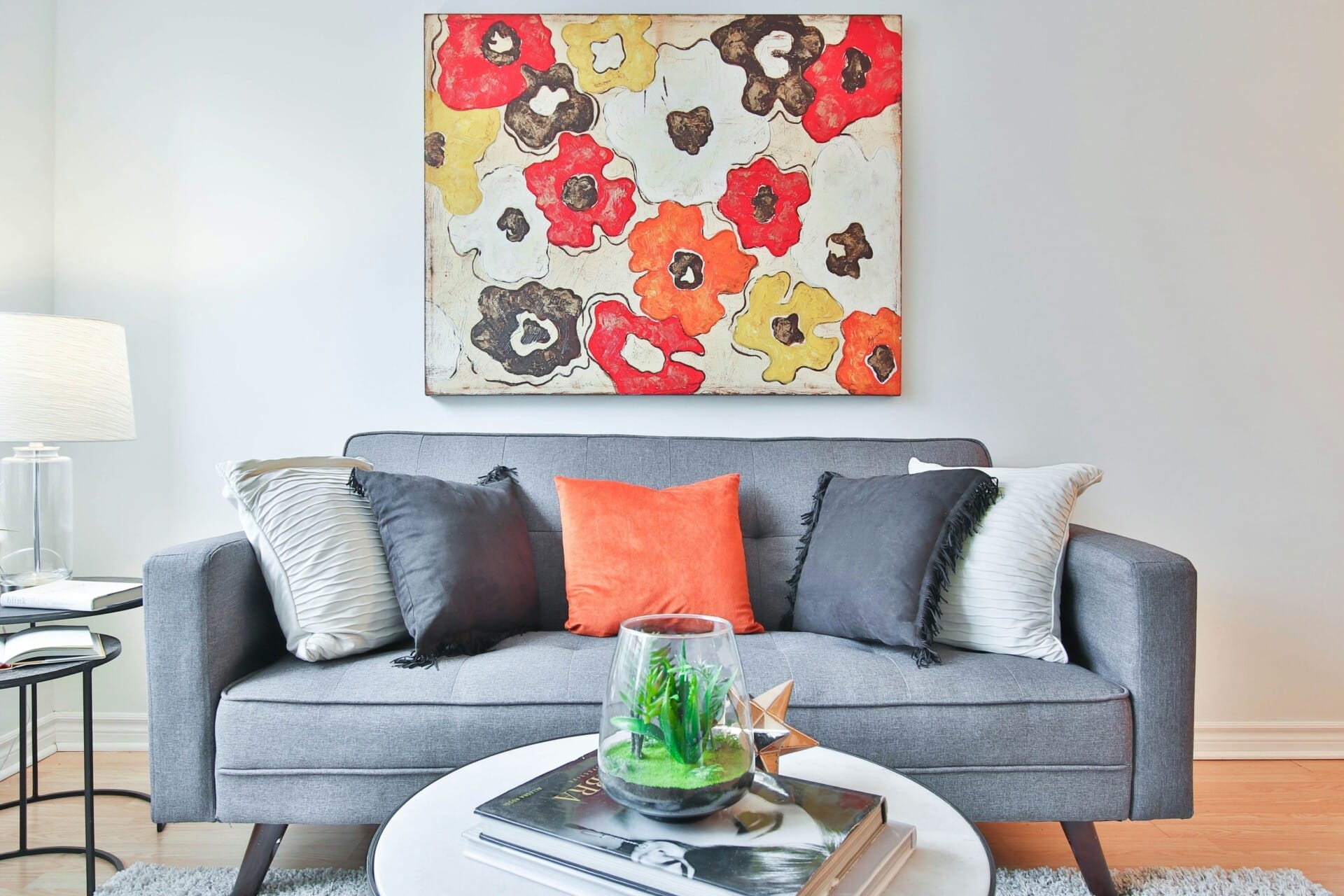
Assessing Interest Rates and Terms for Your Mortgage
When diving into the realm of mortgages for your construction project, understanding the landscape of interest rates and terms can make a considerable difference. It’s important to shop around and compare rates from various lenders. Cumulatively, even a small difference in your interest rate can result in significant savings over the loan term. Pay attention to key factors like fixed vs. variable rates; while fixed rates offer stability, variable rates might start lower but can fluctuate, increasing uncertainty in your payments.
Another essential aspect is the loan term itself. Typically, mortgages come in different lengths such as 15, 20, or even 30 years. Each has its own pros and cons. For instance, while shorter terms usually mean higher monthly payments, you’ll pay less interest over time. On the other hand, longer terms can ease the monthly burden but tend to increase overall interest costs. Hence, assess your financial health and forecast your cash flow to determine what suits you best.
| Term Length | Monthly Payment | Total Interest Paid |
|---|---|---|
| 15 Years | Higher | Lower |
| 20 Years | Moderate | Moderate |
| 30 Years | Lower | Higher |
Don’t forget to consider other associated costs, like processing fees, insurance, and even property taxes. They can add up quickly and may affect your overall budgeting for the construction. Before making a commitment, ensure that you fully understand the terms outlined in your mortgage agreement. Take the time to read the fine print, ask questions, and potentially negotiate certain terms to better align with your financial goals.

Tips for Securing Additional Funding for Custom Features
When you’re dreaming up those custom features for your new home, securing additional funding can feel like a hefty hurdle. First off, consider exploring government grants or financial assistance programs. In Malaysia, there are various initiatives aimed at helping homebuyers, so do your homework! Check agencies like the Housing and Local Government Ministry for programs that cater specifically to custom builds. These grants can lighten your financial load significantly, allowing you to focus on those unique enhancements.
Another option is to connect with local banks and financial institutions to discuss potential top-up loans or personal loans specifically for home improvements. Many banks are eager to provide additional funding opportunities to customers perceived as low-risk, especially if you have a solid repayment record. When you approach the bank, ensure you have a clear outline of your custom features and how they’ll effectively increase your property’s value. It may also help to prepare a budget breakdown for these features in a table format, displaying costs at a glance:
| Custom Feature | Estimated Cost (MYR) |
|---|---|
| Smart Home Integration | 5,000 |
| Open-Concept Kitchen | 15,000 |
| Home Office Setup | 8,000 |
| Outdoor Decking | 12,000 |
Lastly, don’t underestimate the power of leveraging your existing network. Engage with local builders, suppliers, and contractors as they often have insights or connections to additional funding resources. Some may even offer financing options or flexible payment terms that can help you manage the costs of customization. Plus, always keep an eye on potential partnerships with entities that specialize in home improvements—they might be able to offer you their services at a discounted rate if you’re keen on creating a mutually beneficial relationship!
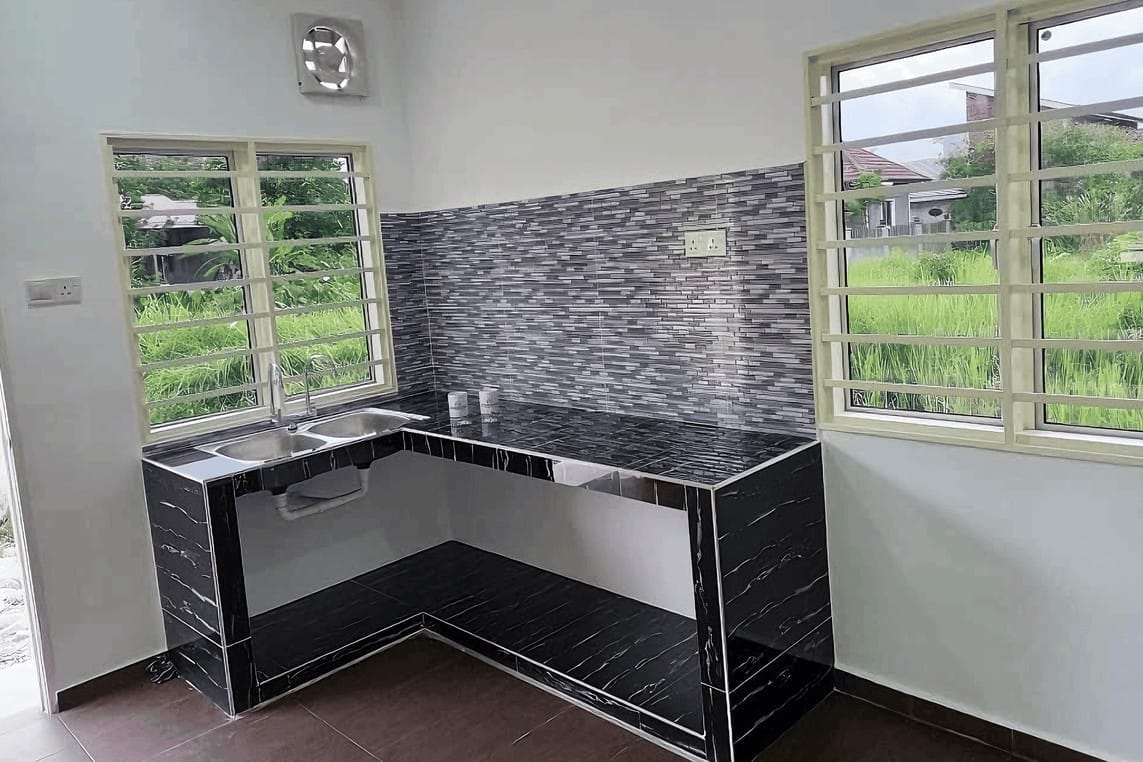
Planning for Long-Term Financial Health After Construction
When the construction dust settles, the next step is ensuring your finances are as sturdy as your new home. Budgeting plays a pivotal role in maintaining long-term financial health post-construction. Setting aside funds for unexpected expenses, home maintenance, and even potential lifestyle changes can keep your financial foundation solid. Consider creating a separate savings account specifically for these expenses to provide a safety net for the future.
Investing in your property can pay off in the long run, especially when it comes to appreciation. Think about how energy-efficient upgrades and renovations can enhance the value of your home. Here are some upgrades that can boost your investment:
- Solar panels – They not only reduce utility bills but add to the resale value.
- Smart home technology – In-demand features can attract future buyers.
- Landscaping improvements – First impressions count; a well-maintained yard makes a difference.
| Financial Health Tips | Benefits |
|---|---|
| Regular Budget Review | Stay on top of spending and saving |
| Emergency Fund | Comfort in managing unforeseen expenses |
| Property Insurance | Protects your investment against damages |
exploring additional income streams can further bolster your financial position. Think about renting out a spare room or even listing your home on platforms for short-term stays. This can not only help pay down your mortgage but can also provide flexibility in managing other financial commitments. With a solid plan in place, you’ll be well-equipped to enjoy your new space without worrying about the financial implications of homeownership.
Closing Remarks
And there you have it! Choosing the right mortgage for your dream construction project doesn’t have to feel like solving a Rubik’s Cube blindfolded. By understanding your options, assessing your financial situation, and keeping an eye out for the best interest rates and terms, you’re already one step closer to turning those architectural dreams into reality.
Remember, it’s all about blending your vision with a solid financial plan. Don’t hesitate to lean on experts or even chat with friends who’ve been through the journey. After all, building a dream home is not just about bricks and mortar—it’s about laying the foundation for your future.
So, roll up your sleeves, do your homework, and get ready to build! Your perfect home is waiting, and the right mortgage is the first step to making it happen. Happy building!